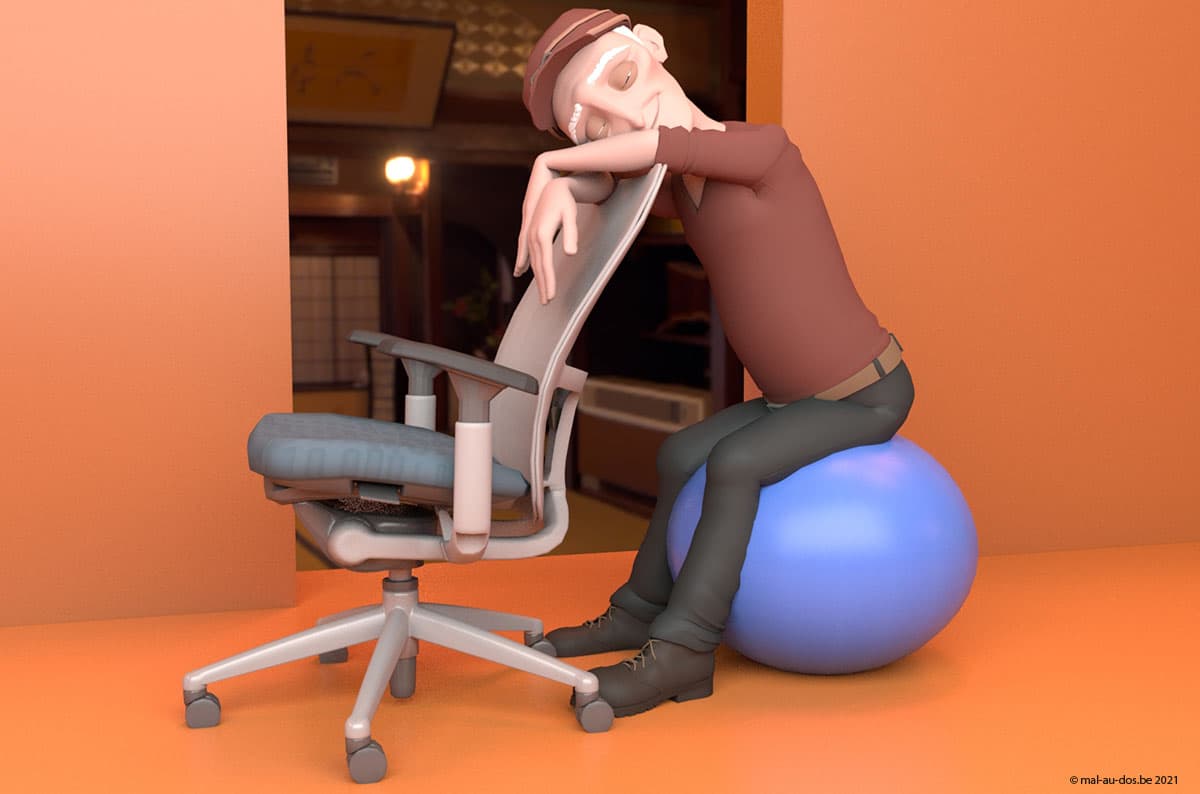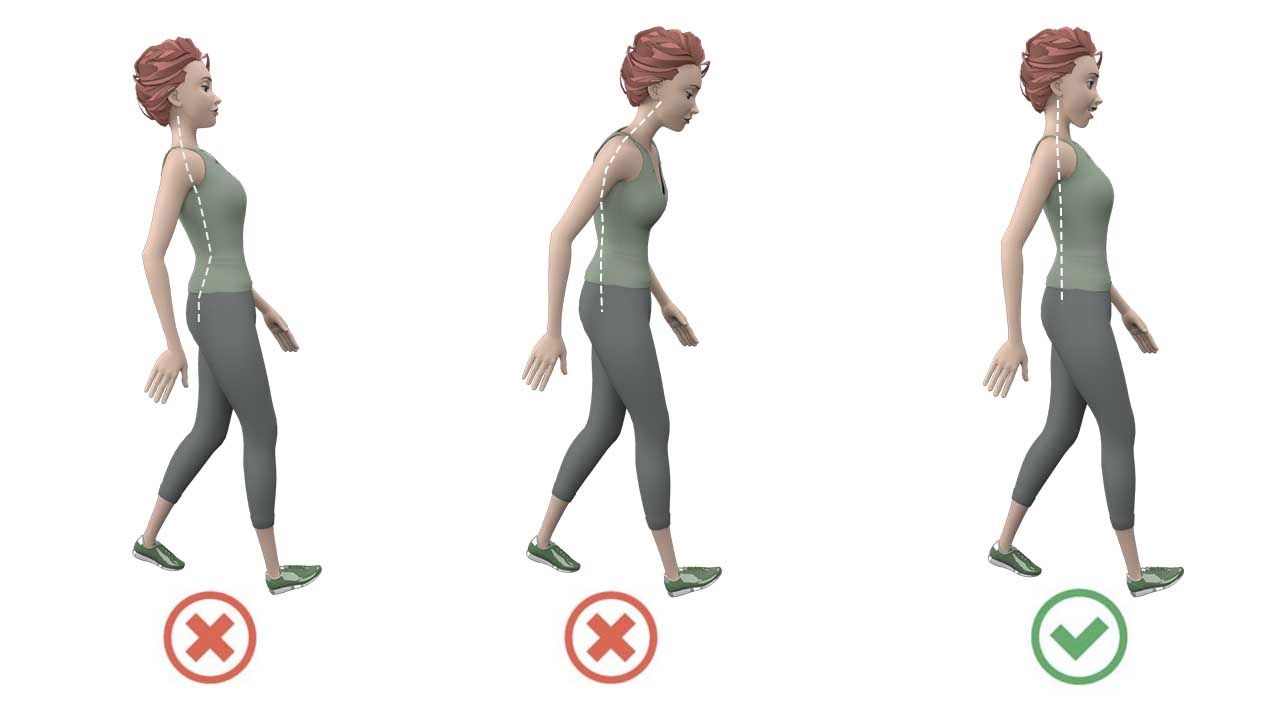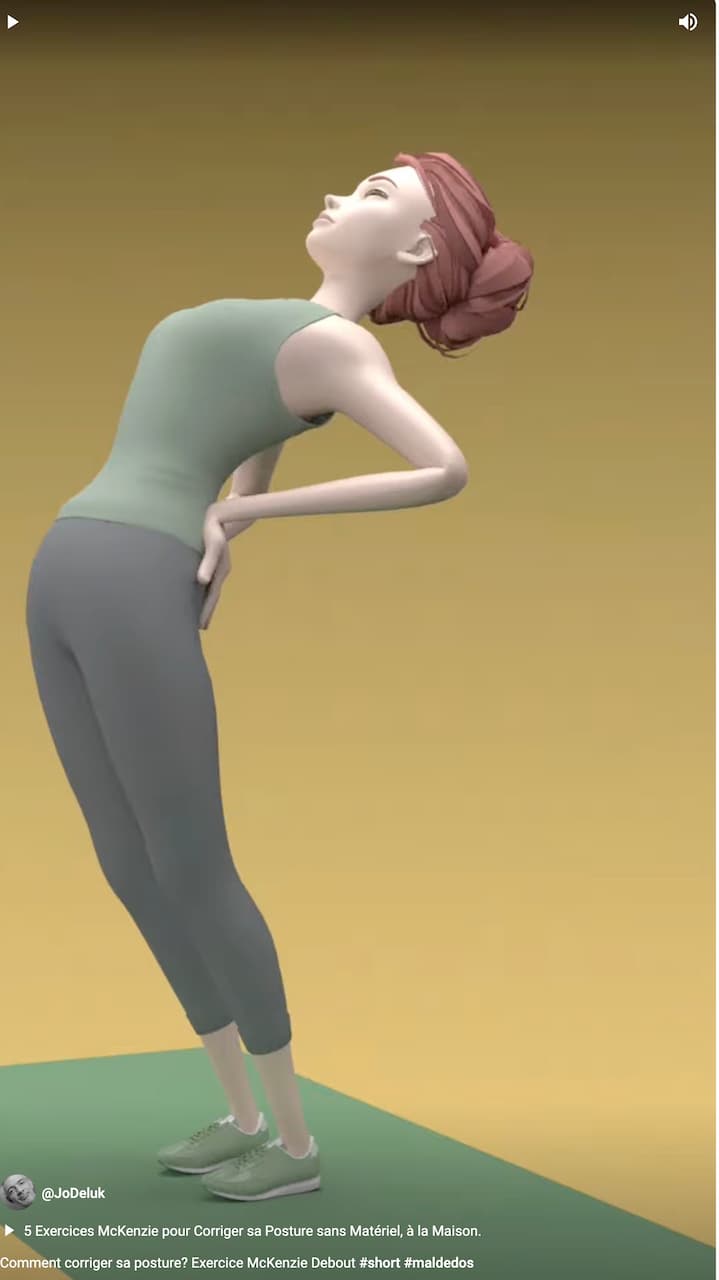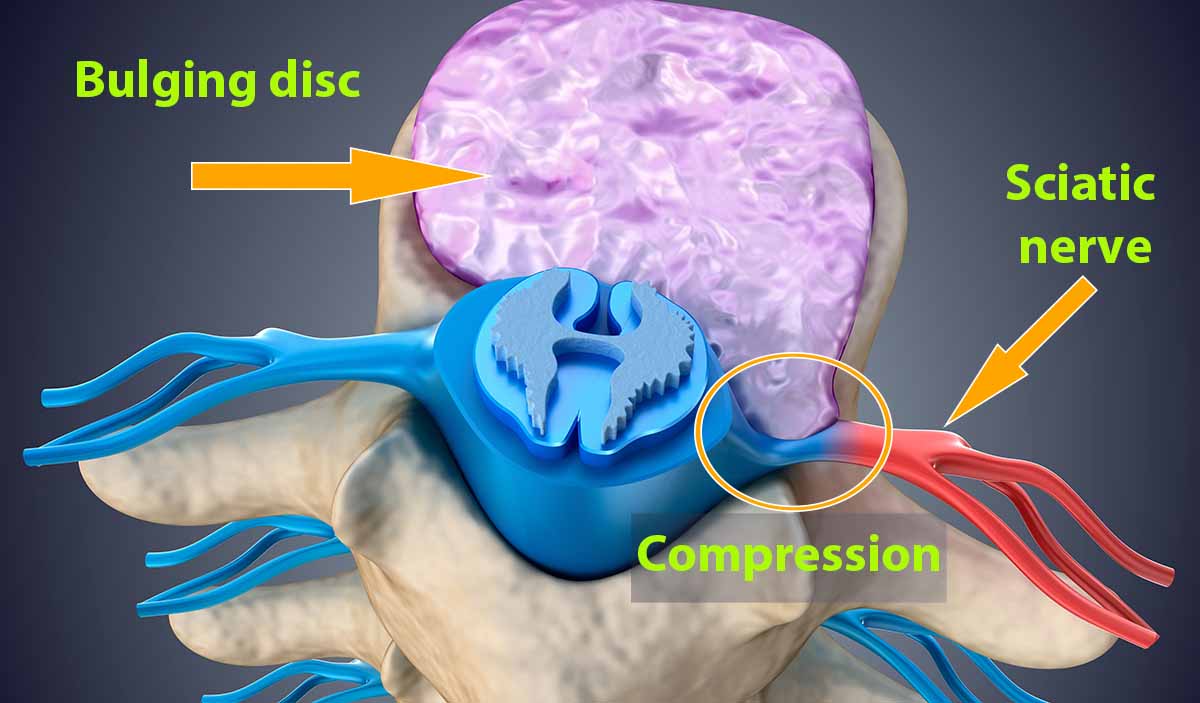Sciatica is a common condition that affects many elderly people. It is often characterized by pain, numbness, and tingling sensations that run from the lower back to the legs. Sciatica can be caused by a variety of factors, including herniated discs, spinal stenosis, or degenerative disc disease.
In this article, we will explore some effective ways of coping with sciatica in elderly individuals.
Understanding Sciatica
Before we dive into coping mechanisms, it’s important to understand what sciatica is and what causes it. As mentioned earlier, sciatica is typically caused by compression or irritation of the sciatic nerve. This nerve runs from the lower back down to the legs and feet, and when it’s compressed or irritated, it can cause a variety of symptoms that can be quite painful.
Sciatica can be caused by a number of different factors, including herniated discs, spinal stenosis, or degenerative disc disease. In some cases, it may be caused by a spinal injury or infection. The symptoms of sciatica can vary depending on the underlying cause, but they typically include pain, numbness, and tingling sensations that run from the lower back down to the legs.
Coping Mechanisms
- Exercise – Exercise is one of the most effective ways of coping with sciatica in elderly individuals. Exercise can help to strengthen the muscles around the lower back and legs, which can help to support the spine and reduce the pressure on the sciatic nerve. Some good exercises for sciatica include walking, swimming, and yoga.
- Stretching – Stretching is also an effective way of coping with sciatica. Stretching can help to improve flexibility and range of motion, which can help to reduce the pressure on the sciatic nerve. Some good stretches for sciatica include hamstring stretches, piriformis stretches, and spinal stretches.
- Heat and Cold Therapy – Heat and cold therapy can also be effective ways of coping with sciatica. Applying heat to the affected area can help to reduce inflammation and improve blood flow, while applying cold can help to numb the area and reduce pain. Some good ways of applying heat and cold include using a hot or cold pack, taking a warm bath, or using a heating pad or ice pack.
- Medications – In some cases, medications may be necessary to help cope with sciatica. Over-the-counter pain medications like ibuprofen and acetaminophen can help to reduce pain and inflammation, while prescription medications like muscle relaxants and opioids may be necessary in more severe cases.
- Surgery – In some cases, surgery may be necessary to correct the underlying cause of sciatica. Surgery may be necessary if the sciatic nerve is severely compressed or if there is a herniated disc that is causing the symptoms. Your doctor will be able to determine whether or not surgery is necessary based on your individual situation.
Conclusion
Sciatica can be a painful and frustrating condition, but there are a variety of coping mechanisms available for elderly individuals. Whether it’s through exercise, stretching, heat and cold therapy, medications, or surgery, there are many effective ways of coping with sciatica. If you’re struggling with sciatica, it’s important to talk to your doctor about your options and find a treatment plan that works for you.




